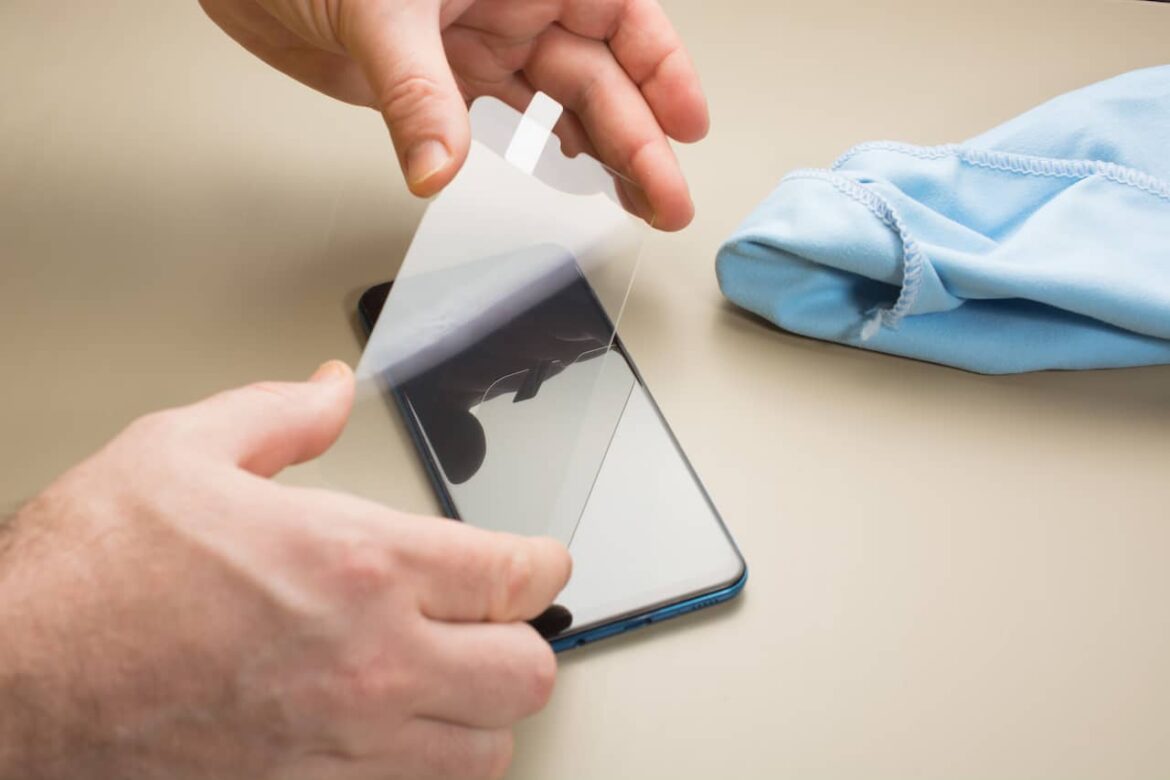In today’s digital age, concerns about the effects of prolonged screen exposure on eye health are growing. With many people spending hours daily on smartphones, tablets, computers, and televisions, the potential impact of blue light emitted by these devices has come under scrutiny. Blue light filtering screens, especially blue light screen protectors, are often marketed as a solution to prevent eye damage and reduce digital eye strain. But how effective are they really? This article explores the science behind blue light, the role of filtering screens, and whether these protectors truly help preserve vision.
What is Blue Light and Why Is It a Concern?
Blue light is a type of high-energy visible (HEV) light with a short wavelength that emits more energy than other colors in the visible spectrum. It is naturally present in sunlight and plays an essential role in regulating our circadian rhythm—our internal body clock that controls sleep-wake cycles. However, artificial sources such as LED screens, smartphones, and other digital devices emit concentrated amounts of blue light.
The concern arises from the fact that exposure to artificial blue light, especially at night, can contribute to eye discomfort, fatigue, and potentially long-term damage. Symptoms like blurred vision, dryness, headaches, and difficulty focusing—collectively called digital eye strain—are commonly reported by heavy screen users.
How Do Blue Light Screen Protectors Work?
Blue light screen protectors are designed to filter out a portion of the blue light emitted from digital screens. These protectors typically consist of specially treated glass or plastic films that absorb or reflect blue wavelengths, reducing the amount that reaches the eyes. By limiting exposure to these high-energy rays, blue light screen protectors aim to decrease eye strain and the risk of retinal damage.
Many users have turned to blue light screen protectors as a practical way to protect their eyes without compromising screen clarity or touch responsiveness. Available for a variety of devices, these protectors promise to block harmful blue light while maintaining natural color accuracy and brightness.
Do Blue Light Filters Prevent Eye Damage?
While blue light filtering screens can reduce symptoms of eye strain, the evidence regarding their ability to prevent long-term eye damage is still emerging. Research so far suggests that blue light from digital devices does not cause permanent damage to the retina in the short term. The main risks are associated more with discomfort and disruption of sleep patterns rather than direct physical harm.
That said, blue light exposure at night can interfere with melatonin production, making it harder to fall asleep and reducing sleep quality. This disruption in circadian rhythm can have secondary effects on overall eye health and well-being. By filtering blue light, screen protectors may help improve sleep patterns and reduce eye discomfort after extended use.
Additional Benefits of Using Blue Light Screen Protectors
Apart from filtering blue light, many screen protectors include other features that contribute to eye comfort:
- Anti-glare coatings: These reduce reflections from ambient lighting, preventing squinting and eye fatigue.
- Scratch resistance: Maintaining a clear, smooth screen surface helps avoid eye strain caused by visual distortions.
- Smudge resistance: Keeps the screen clean from fingerprints and oil, ensuring clear vision.
- Maintaining color accuracy: Advanced blue light filters preserve true screen colors so users don’t sacrifice visual experience.
These combined features enhance the overall viewing experience and can indirectly support healthier eyes.
Who Benefits Most from Blue Light Filtering Screens?
Blue light screen protectors are particularly beneficial for people who spend long hours on digital devices, such as office workers, students, gamers, and anyone using screens into the evening. They are also recommended for individuals with existing eye sensitivity or those prone to headaches related to screen use.
Children and teenagers, whose eyes are still developing, may benefit from blue light protection to reduce cumulative exposure during critical growth periods. Moreover, users who experience sleep disturbances linked to screen time may see improvements by filtering out blue light in the hours before bedtime.
Complementary Practices to Protect Eye Health
While blue light screen protectors offer a helpful layer of defense, they are most effective when combined with good screen habits:
- Taking regular breaks using the 20-20-20 rule: every 20 minutes, look at something 20 feet away for 20 seconds.
- Adjusting screen brightness and contrast to comfortable levels.
- Using “night mode” or blue light reduction settings available on most devices.
- Maintaining proper posture and screen distance to reduce strain.
- Ensuring ambient lighting is sufficient to avoid glare and harsh contrasts.
Incorporating these practices supports overall eye wellness alongside the use of blue light filters.
Conclusion
Blue light filtering screens, especially a blue light screen protector, can be an effective tool to reduce eye strain and improve comfort during extended screen use. While they may not completely prevent eye damage, the reduction of blue light exposure can minimize discomfort and help regulate sleep cycles, which are important for eye health and general well-being.
Choosing a high-quality screen protector designed to filter blue light offers a convenient way to protect your eyes without altering your device’s display quality. Combined with healthy screen habits, these protectors provide a proactive approach to managing the challenges of our increasingly digital lifestyle.


